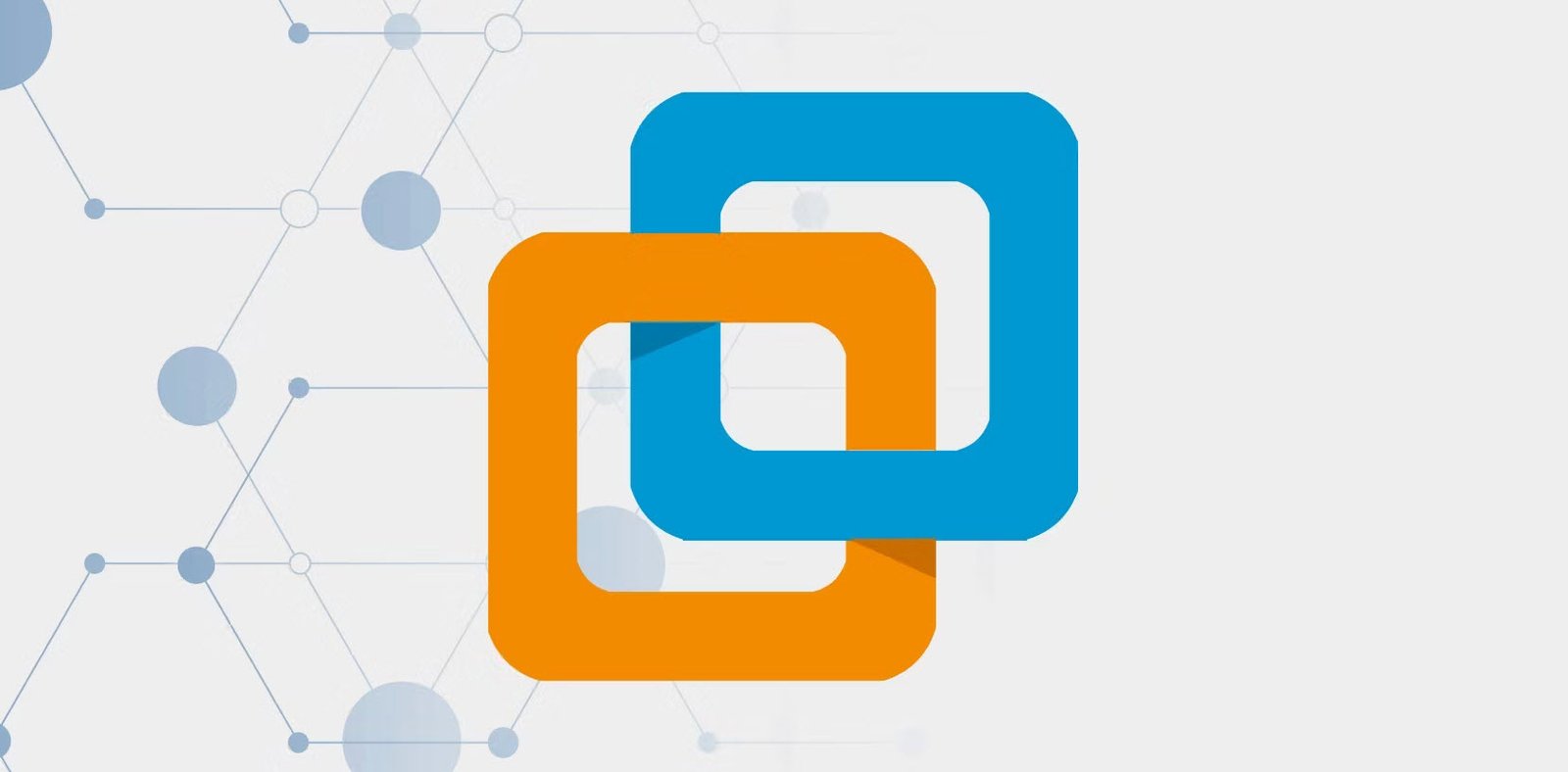
In the realm of modern computing, databases play a pivotal role in organizing and managing vast amounts of data efficiently. At the heart of this data-driven landscape, Database Management Systems (DBMS) serve as the unsung heroes, silently orchestrating the complex symphony of data operations. A DBMS is a suite of software programs that empowers the creation, manipulation, and maintenance of databases and the applications that rely on them.
In this article, we will delve into the essential responsibilities of a Database Management System.
1. Creating the Database
A fundamental responsibility of a DBMS is the creation and management of databases. This process involves intricate decisions about data storage, indexing, and organization. Some DBMS systems store data in a single large file while others distribute it across multiple files or even interact directly with raw disk partitions.
The beauty of a DBMS is that users and developers need not concern themselves with the low-level details of these structures; the DBMS abstracts these complexities and provides a user-friendly interface.
2. Providing Query and Update Facilities
The ability to retrieve and modify data is at the heart of any DBMS. Users interact with the system by issuing queries, specifying criteria, and requesting data that matches their requirements. Before the widespread adoption of the Structured Query Language (SQL) standard, the syntax for expressing these queries varied among different systems.
Today, SQL has become the lingua franca of relational database management, making it easier for users to interact with DBMS systems consistently.
3. Multitasking
In a multi-user and multi-application environment, a DBMS ensures that multiple users can concurrently access and manipulate data without interfering with each other. This means that users usually only need to wait if they are attempting to modify the same piece of data simultaneously. Multiple users can often read data simultaneously, enhancing system efficiency and responsiveness.
4. Maintaining an Audit Trail
The importance of data integrity and accountability cannot be overstated. A DBMS maintains an audit trail, a detailed log of all changes made to the data over time. This audit trail serves two critical purposes: error investigation and fault recovery. In the event of system failures, such as unscheduled power outages, the audit trail can be used to reconstruct data and restore it to a consistent state.
5. Managing the Security of the Database
Security is paramount in any data system. A DBMS provides robust access controls to safeguard the data and its underlying structure. It defines a hierarchy of users with varying levels of permissions. Superusers possess full control, while others may only have read or write access.
The DBMS allows administrators to add, delete, and modify user privileges, ensuring that only authorized personnel can interact with sensitive data.
6. Maintaining Referential Integrity
Maintaining the integrity of data relationships within the database is crucial for ensuring data accuracy. Many DBMS systems enforce referential integrity, which means they ensure that data relationships conform to predefined rules. For example, if a database has foreign key constraints, the DBMS will report errors when attempts are made to insert or update data that would violate these constraints, thereby upholding the correctness of the data.
In conclusion, Database Management Systems are the unsung heroes of the data-driven world, silently performing a myriad of responsibilities to ensure data availability, integrity, and security. From the creation and maintenance of databases to multitasking, auditing, security enforcement, and preserving referential integrity, a DBMS is the linchpin of modern data management.
As technology continues to evolve, the importance of DBMS in managing the ever-expanding data universe remains undiminished.
You may also like:- How To Fix the Crowdstrike/BSOD Issue in Microsoft Windows
- MICROSOFT is Down Worldwide – Read Full Story
- Windows Showing Blue Screen Of Death Error? Here’s How You Can Fix It
- A Guide to SQL Operations: Selecting, Inserting, Updating, Deleting, Grouping, Ordering, Joining, and Using UNION
- Top 10 Most Common Software Vulnerabilities
- Essential Log Types for Effective SIEM Deployment
- How to Fix the VMware Workstation Error: “Unable to open kernel device ‘.\VMCIDev\VMX'”
- Top 3 Process Monitoring Tools for Malware Analysis
- CVE-2024-6387 – Critical OpenSSH Unauthenticated RCE Flaw ‘regreSSHion’ Exposes Millions of Linux Systems
- 22 Most Widely Used Testing Tools








